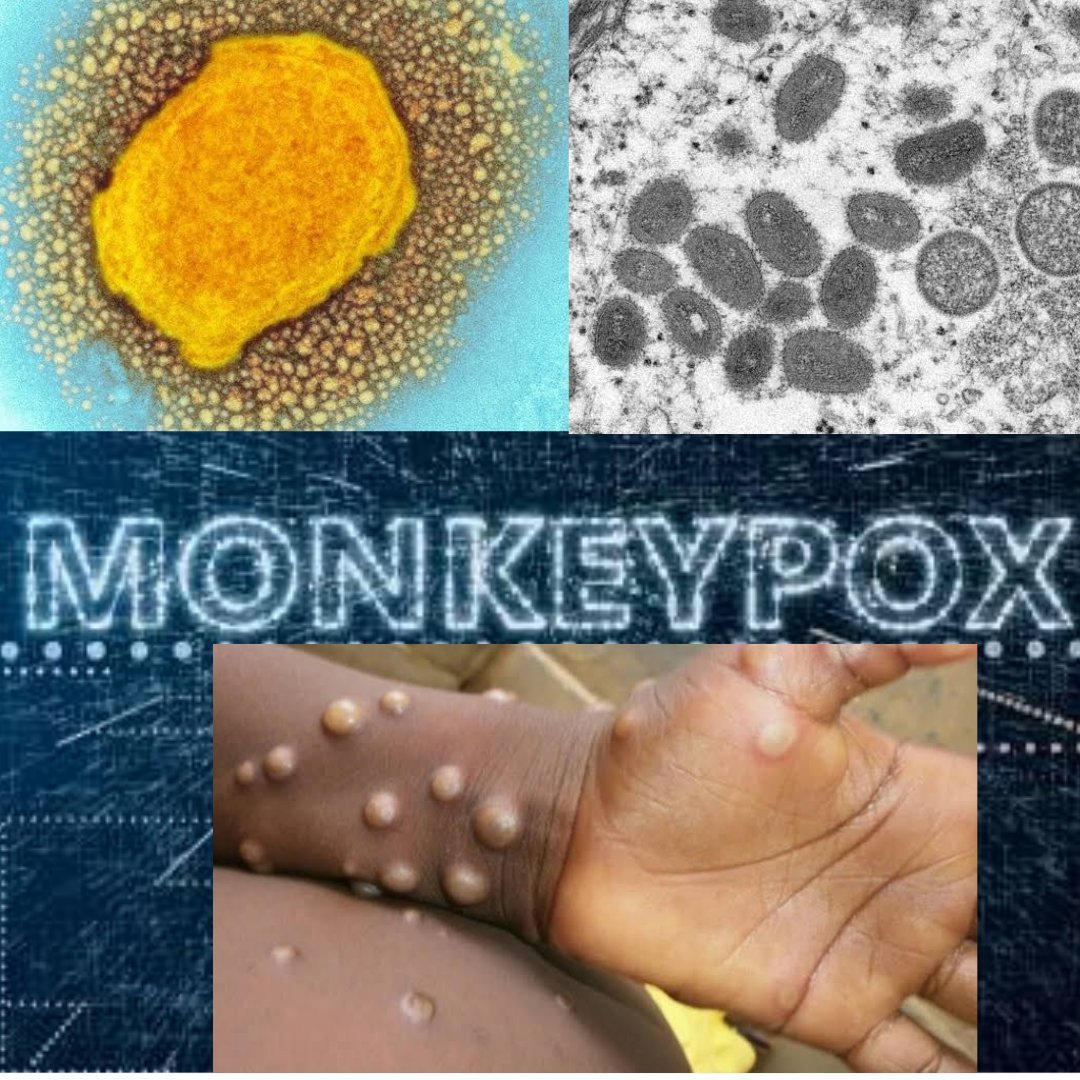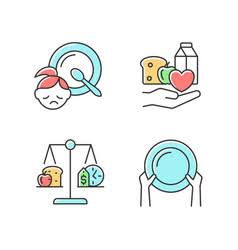Dengue fever is a viral illness transmitted primarily by mosquitoes, particularly the Aedes species. It can cause symptoms like high fever, severe headache, joint and muscle pain, and rash. In some cases, it can lead to a more severe form called dengue hemorrhagic fever, which can be life-threatening. Preventing mosquito bites and controlling mosquito populations […]
- Tags:
- Dengue fever
- DISEASE







